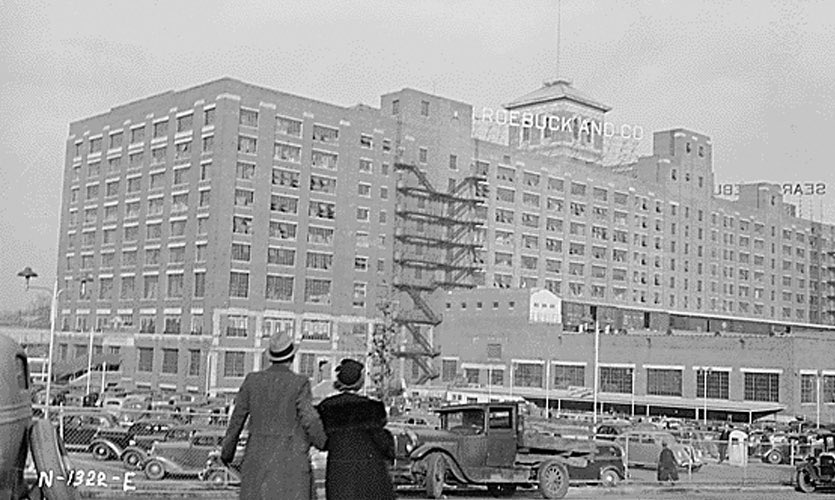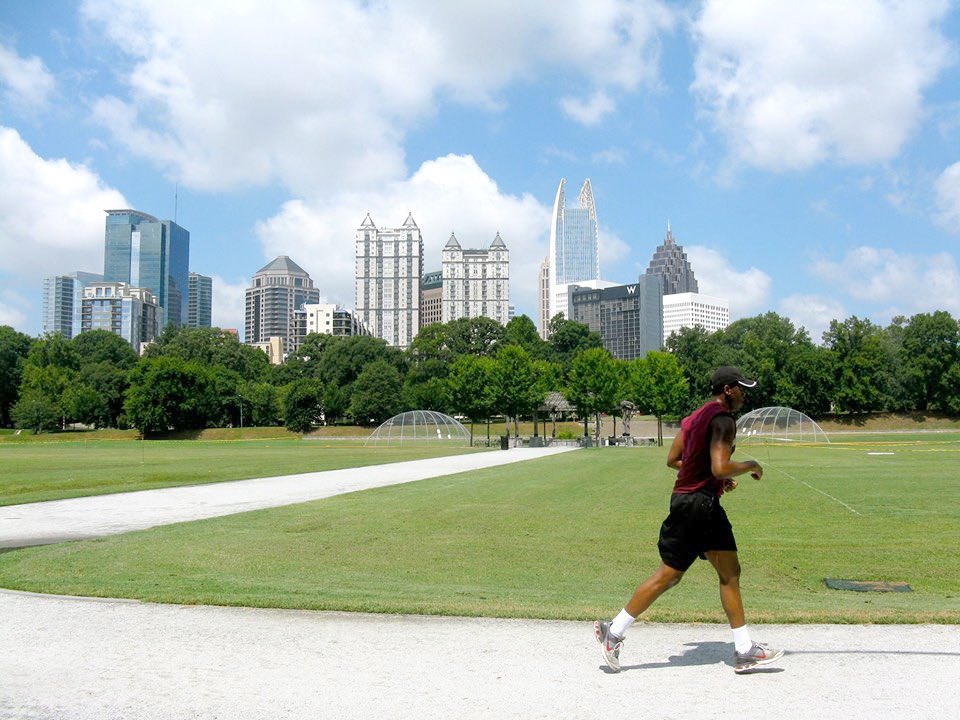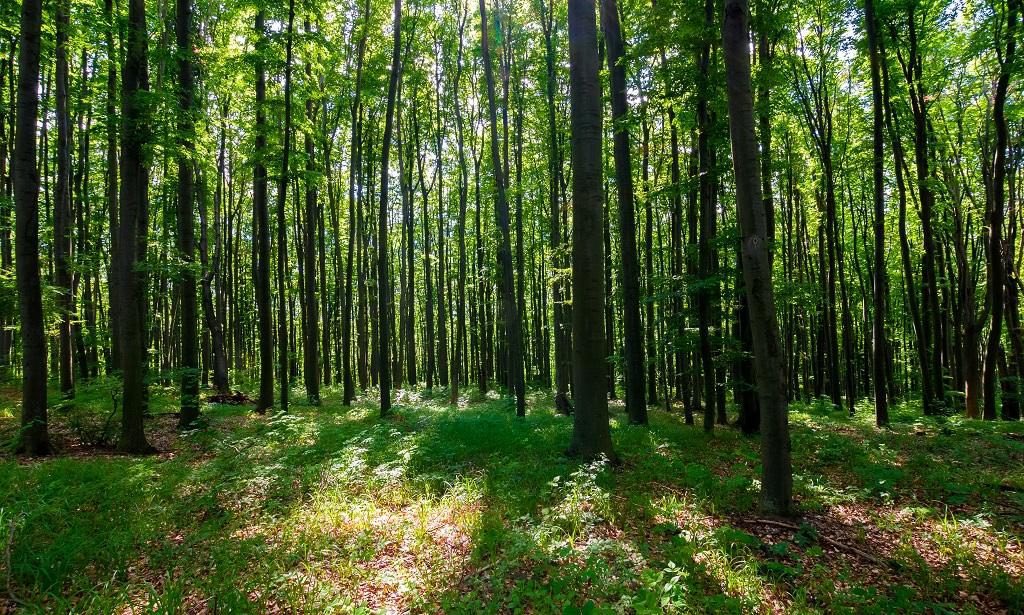
As we know, Atlanta is a transient city. Many of us that call this city home, aren’t from here.
And personally, I love history.
So going back and exploring the landmarks of our city is interesting to me....and if it’s interesting to you, enjoy this thread...
And personally, I love history.
So going back and exploring the landmarks of our city is interesting to me....and if it’s interesting to you, enjoy this thread...
So, in 1868, 3 years after the Civil War & 4 after Sherman’s March to the Sea, the city of Atlanta, as a whole, was looking for redemption.
This story of redemption along with the story of PCM’s origin, started with a “fountain of youth”.
This story of redemption along with the story of PCM’s origin, started with a “fountain of youth”.
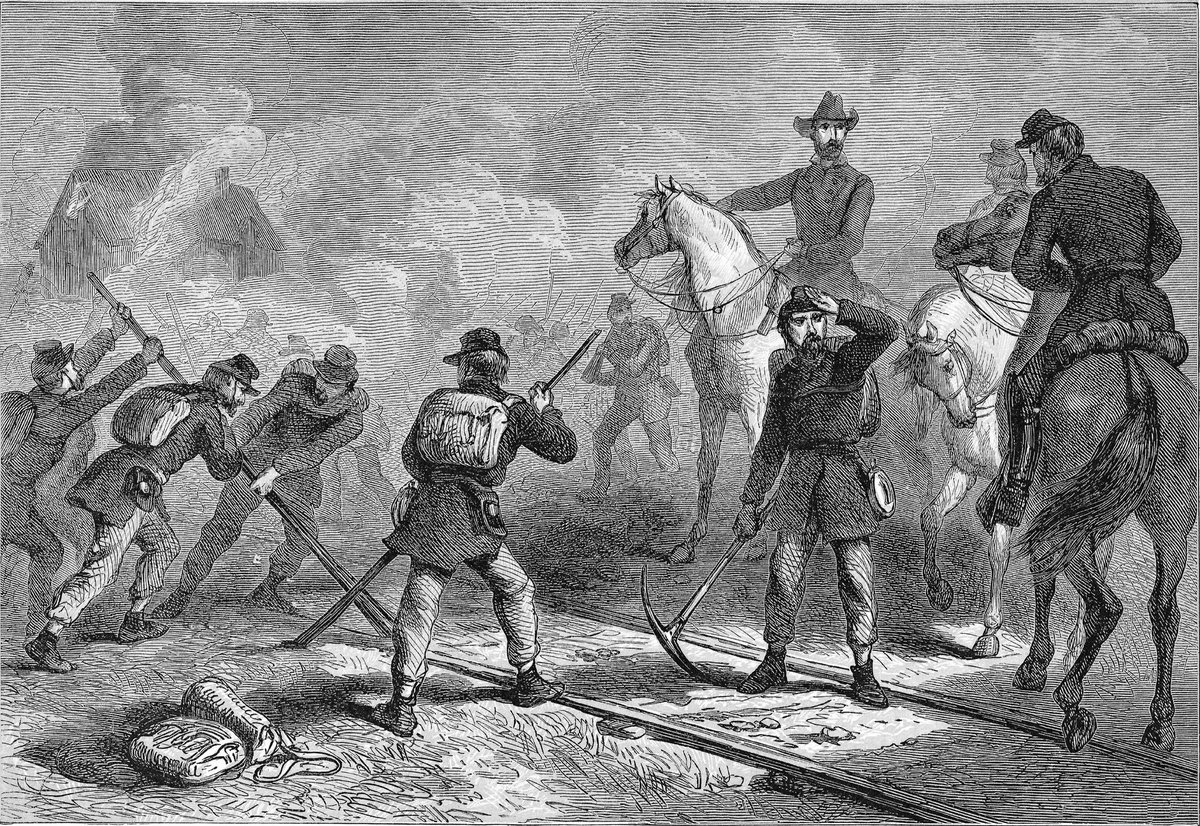
Thirsty rail workers rebuilding railroad near what we know today as Ponce De Leon Ave, stumbled upon a bubbling spring.
Workers stopped to take a drink & when 2 ill workers drank from the spring and claimed to be cured, a legend was born.
Workers stopped to take a drink & when 2 ill workers drank from the spring and claimed to be cured, a legend was born.
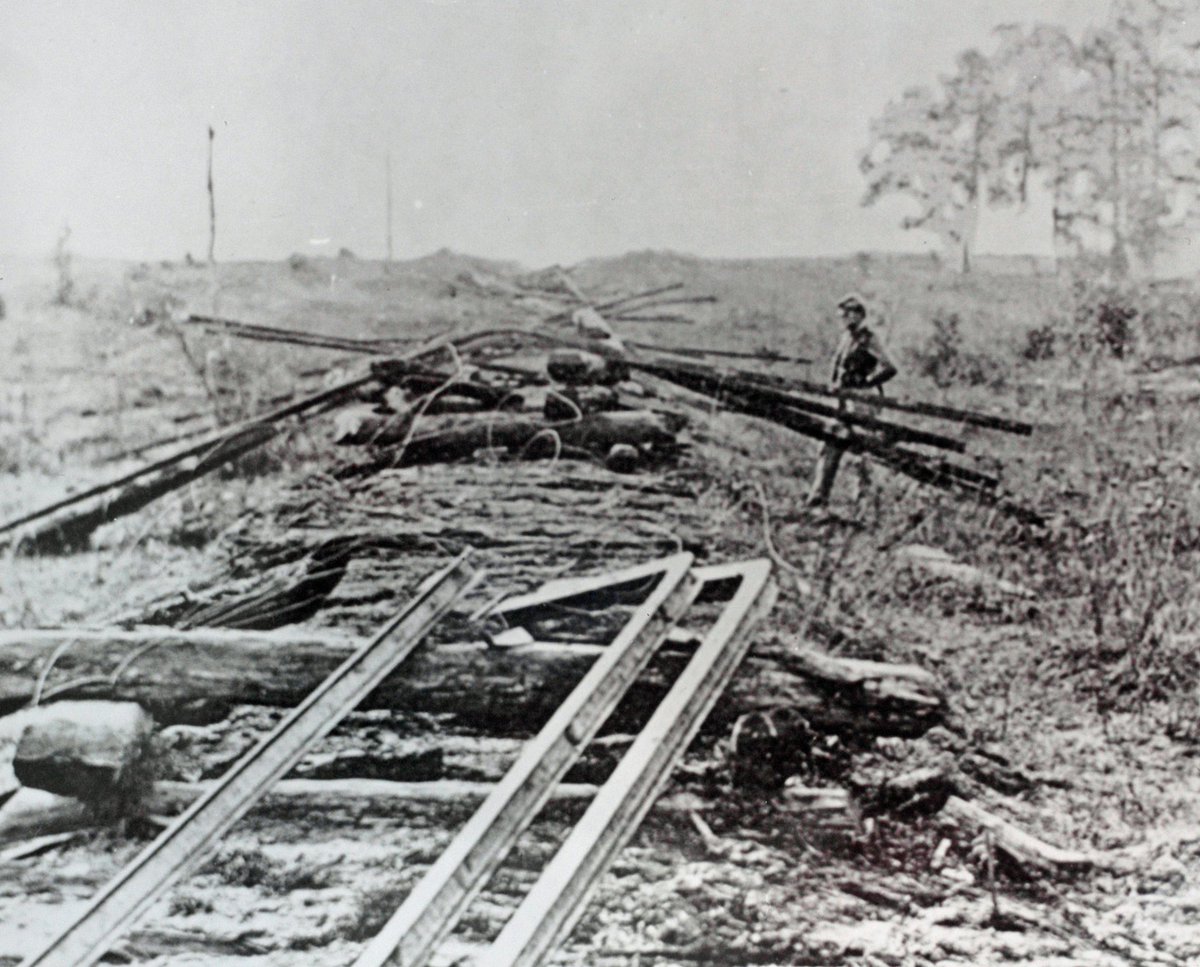
Retired doctor, Henry Lumpkin Wilson, a frequent visitor to the spring, declared the spring had medicinal qualities.
So he later named the area as “Ponce de Leon Springs” after the Spanish explorer Juan Ponce de Leon who legendarily searched for a Fountain of Youth.
So he later named the area as “Ponce de Leon Springs” after the Spanish explorer Juan Ponce de Leon who legendarily searched for a Fountain of Youth.
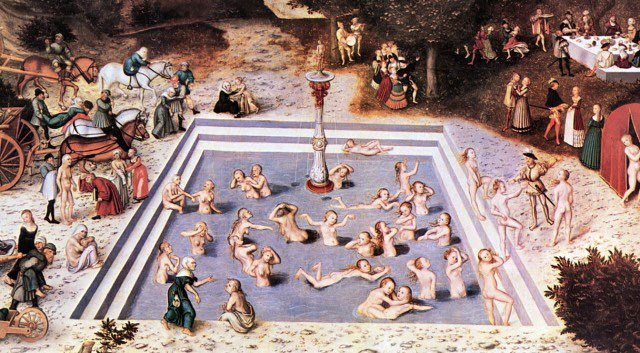
The spring eventually became a main tourist attraction of the city.
This caught the attention of Atlanta Street Railroad Company cofounder Richard Peters.
(Side note, Peters was filthy rich & is the reason Atlanta has its name, but that’s a different story for a different time)
This caught the attention of Atlanta Street Railroad Company cofounder Richard Peters.
(Side note, Peters was filthy rich & is the reason Atlanta has its name, but that’s a different story for a different time)
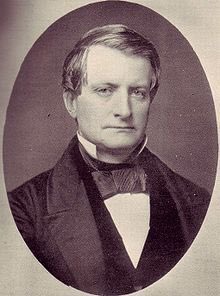
Peters bought the spring & the 30 acres surrounding it to turn it into essentially an amusement park.
(He also bought basically all 400 acres of what we call Midtown today for $2000....but again that’s a different story for a different time)

(He also bought basically all 400 acres of what we call Midtown today for $2000....but again that’s a different story for a different time)
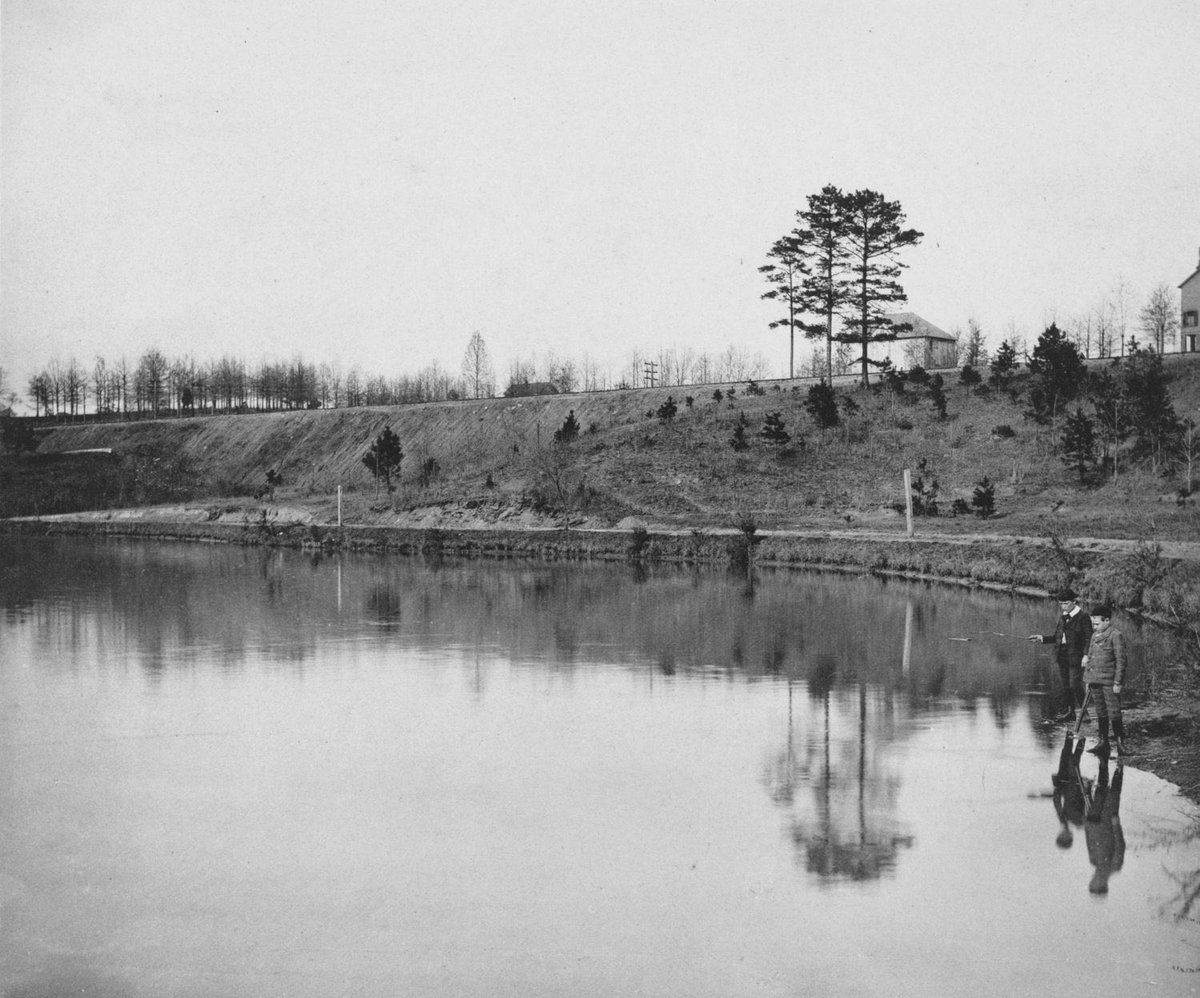
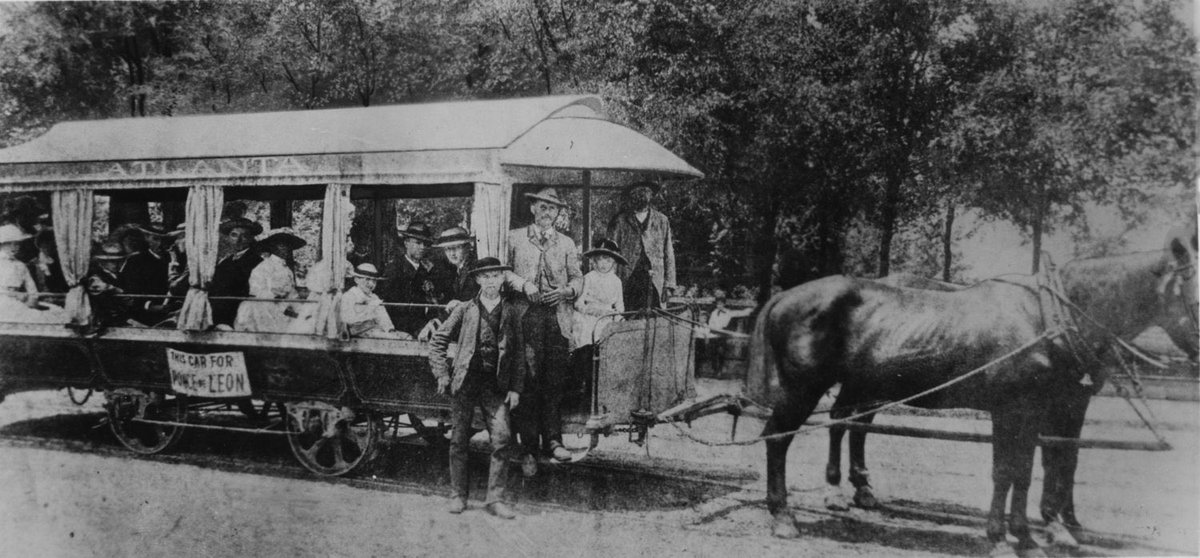
In 1907, the lake at Ponce de Leon Park was drained & filled to make way for a major incoming attraction: minor league baseball.
The Atlanta Crackers & eventually the Atlanta Black Crackers, b/c ya know...segregation...eventually started holding games there.

The Atlanta Crackers & eventually the Atlanta Black Crackers, b/c ya know...segregation...eventually started holding games there.
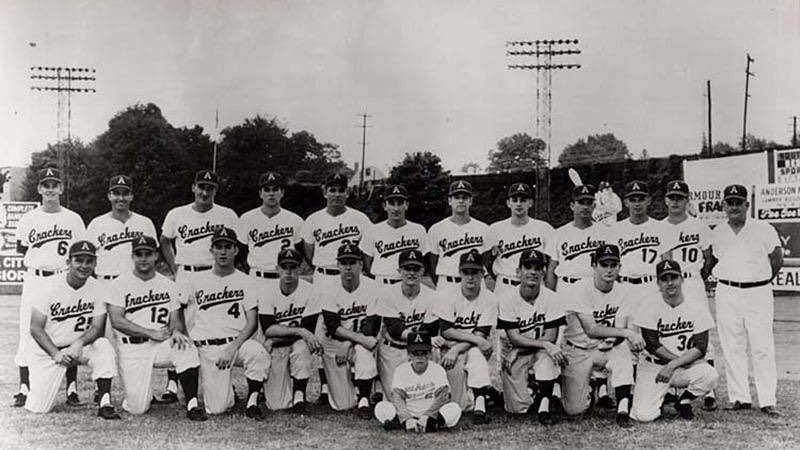
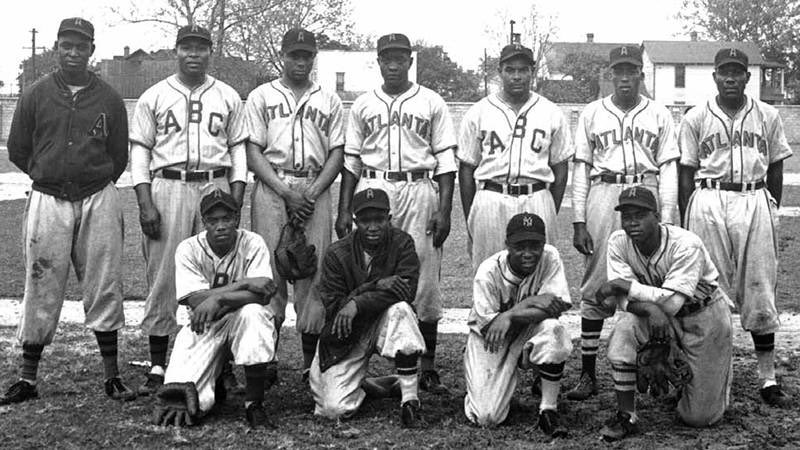
In 1925, Atlanta launched a “Forward Atlanta” advertising campaign that offered tax breaks to draw national business and highlight the city’s capable workforce, transit, blossoming economy, and warm weather.
This caught the attention of @Sears - Roebuck & Co.
This caught the attention of @Sears - Roebuck & Co.
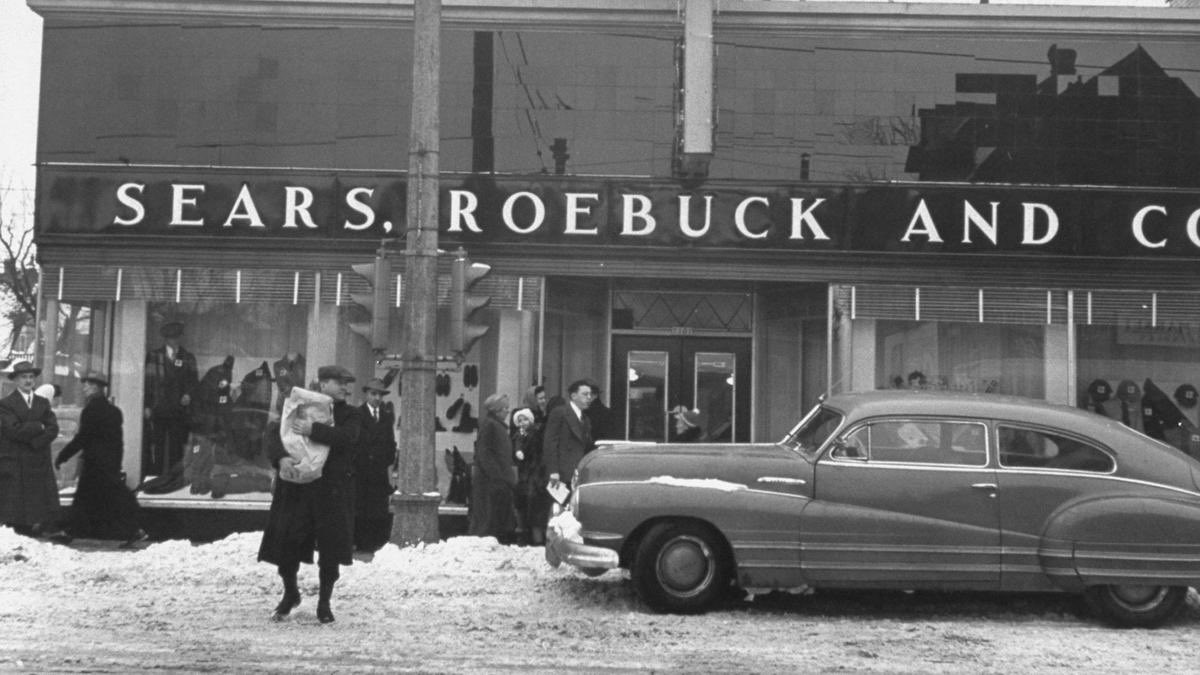
Sears decided to purchase 16 acres on Ponce right next to the stadium with plans for a regional HQ, flagship store & distribution center.
But order by mail is what really made Sears a household name in the south.
But order by mail is what really made Sears a household name in the south.
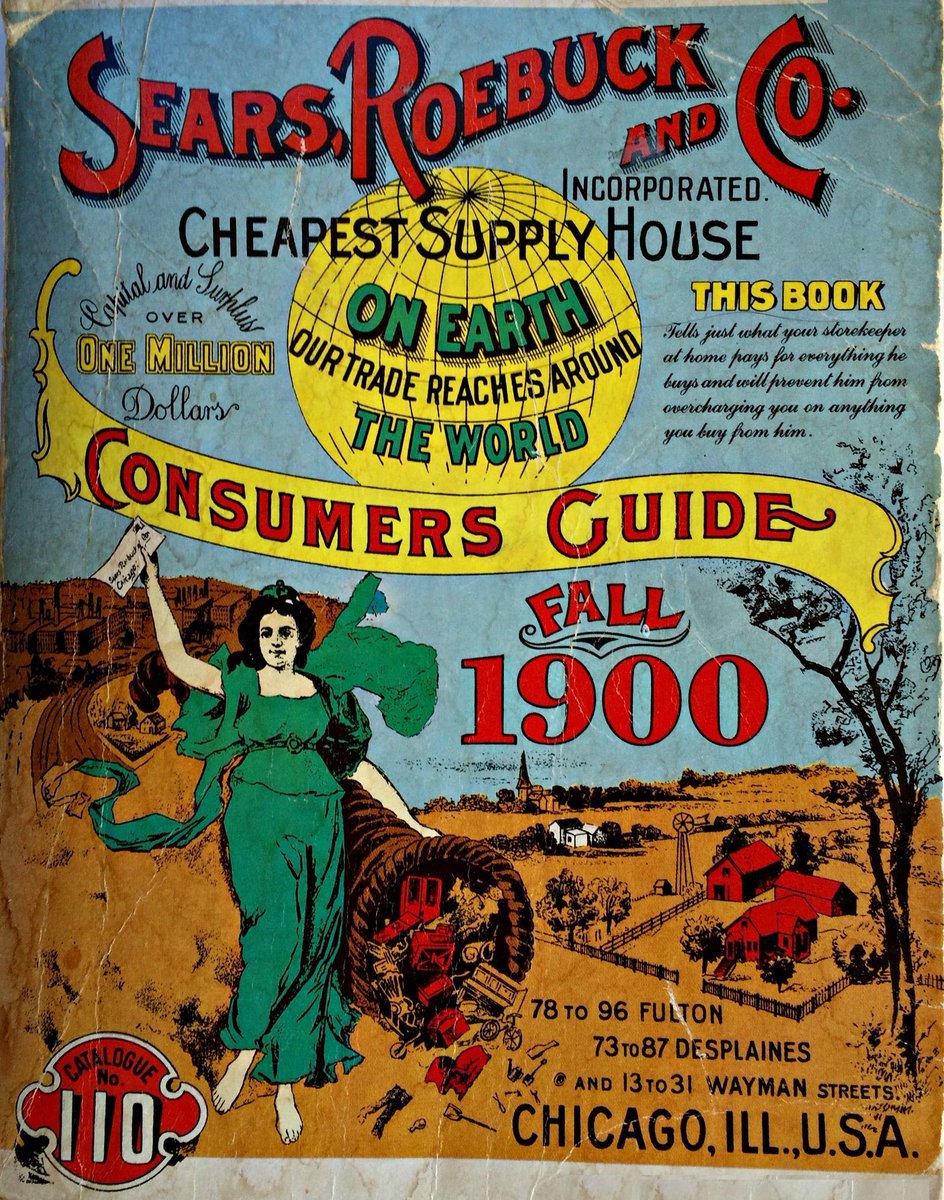
Sears allowed people to order by mail regardless of race & education level.
This endeared them to residents of the south who, up to this point had to shop in segregated stores or expensive general stores along the railroads.
This endeared them to residents of the south who, up to this point had to shop in segregated stores or expensive general stores along the railroads.
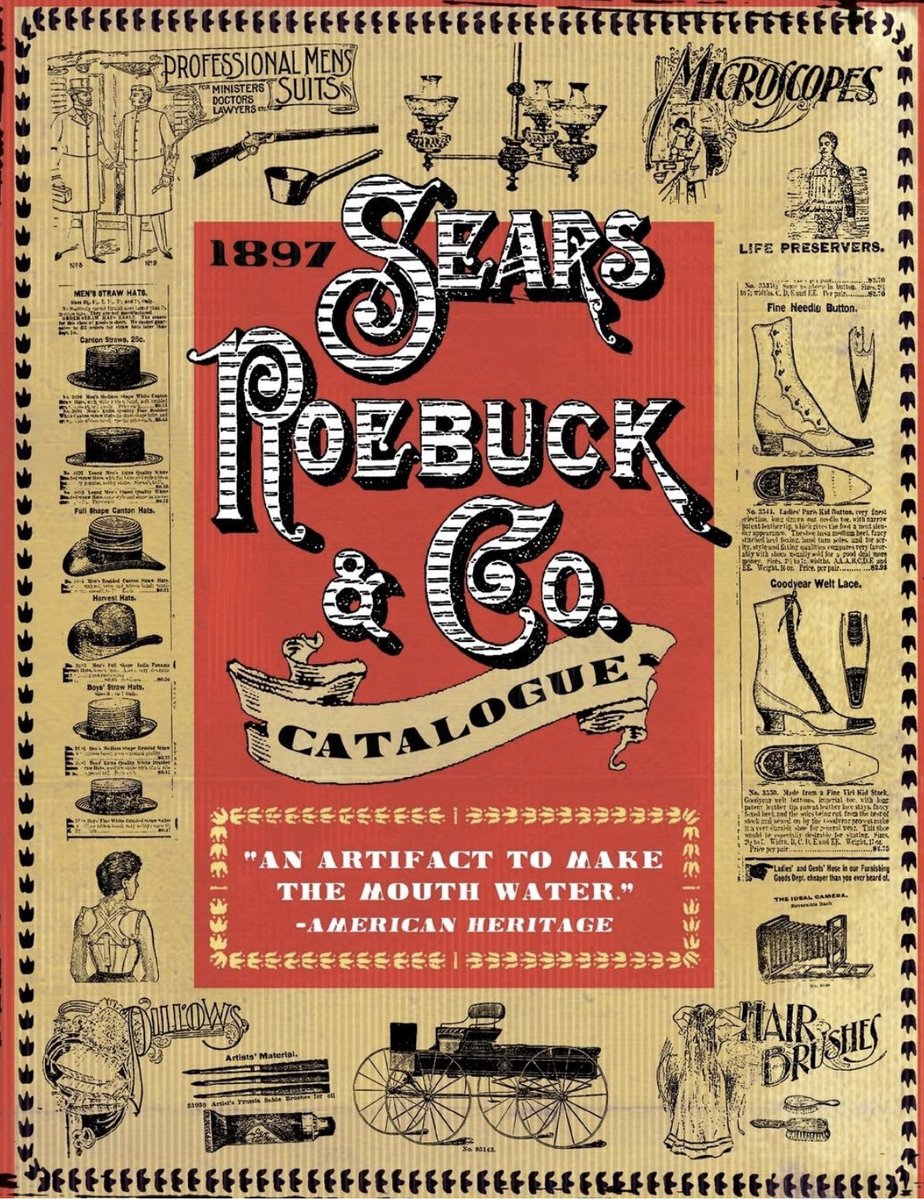
So before construction of their new HQ, Sears had already become a hit in the area & had a prime location w/ direct rail access.
Construction started in January of 1926 and was finished August 2nd.
Despite efforts by Sears to unite the community, racial lines were still drawn.

Construction started in January of 1926 and was finished August 2nd.
Despite efforts by Sears to unite the community, racial lines were still drawn.
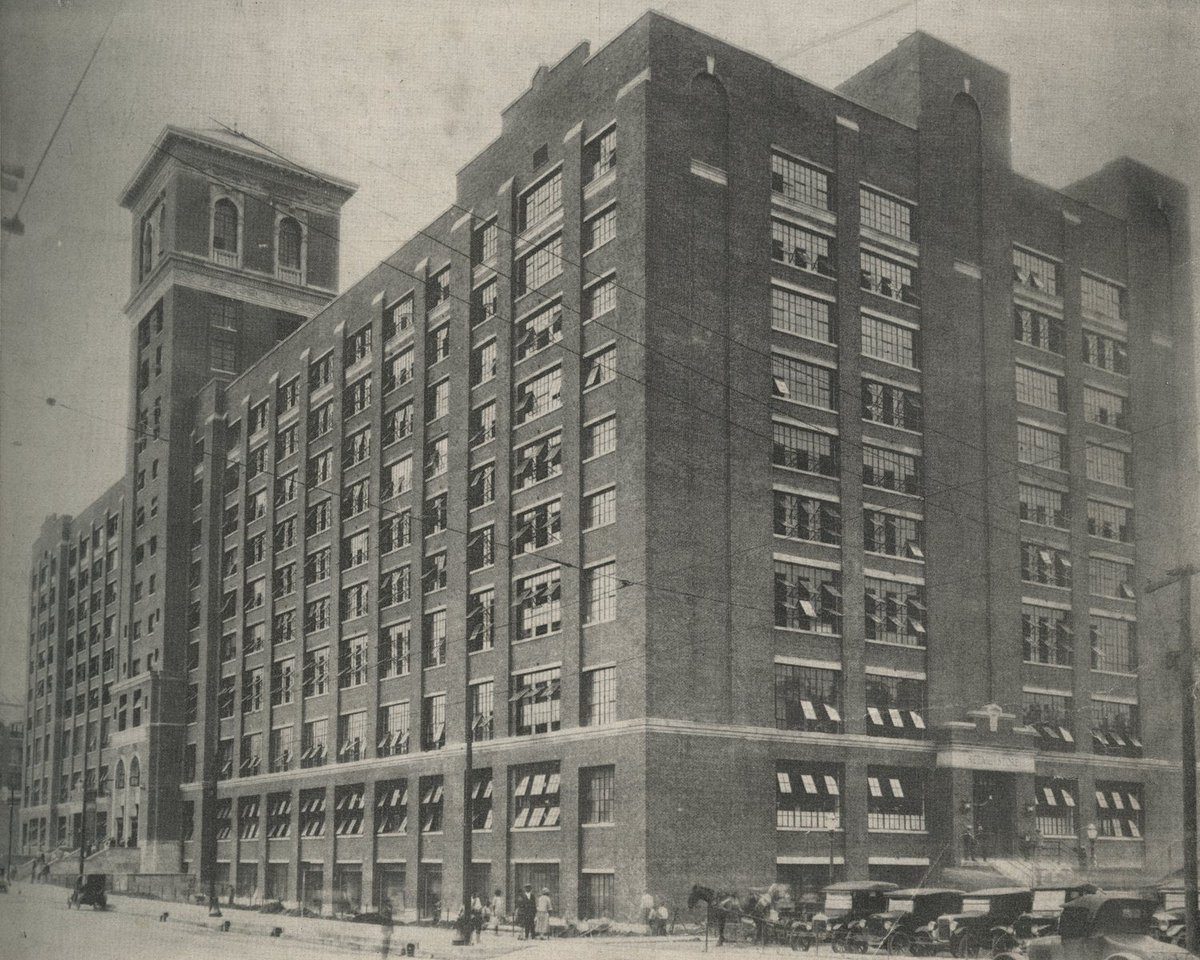
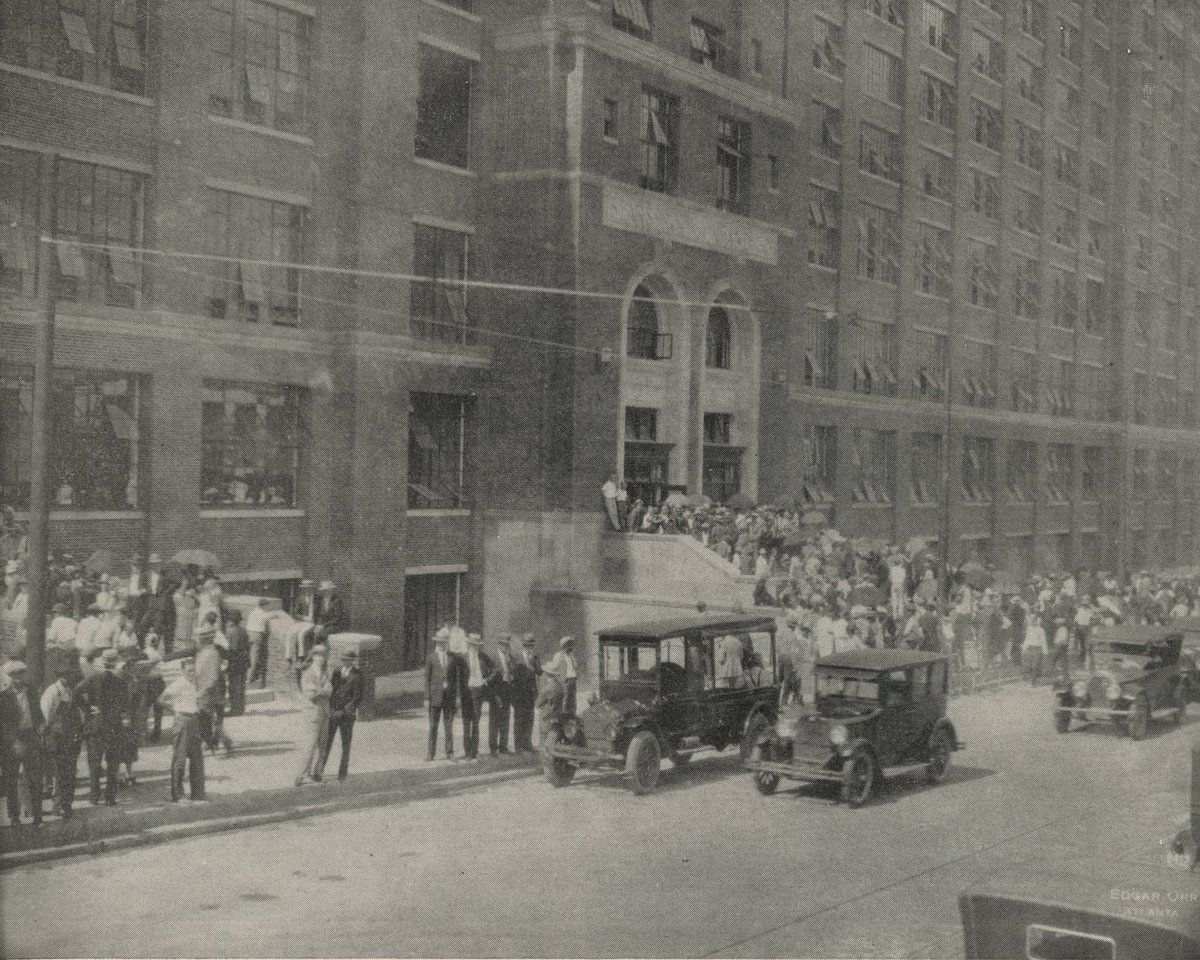
The lines are STILL visible in the differing names of streets north of Ponce, where white residents lived, & south, where black residents lived. Cross Ponce and...
Briarcliff becomes Moreland
Monroe Dr becomes Boulevard
Charles Allen Dr become Pkwy Dr
Briarcliff becomes Moreland
Monroe Dr becomes Boulevard
Charles Allen Dr become Pkwy Dr
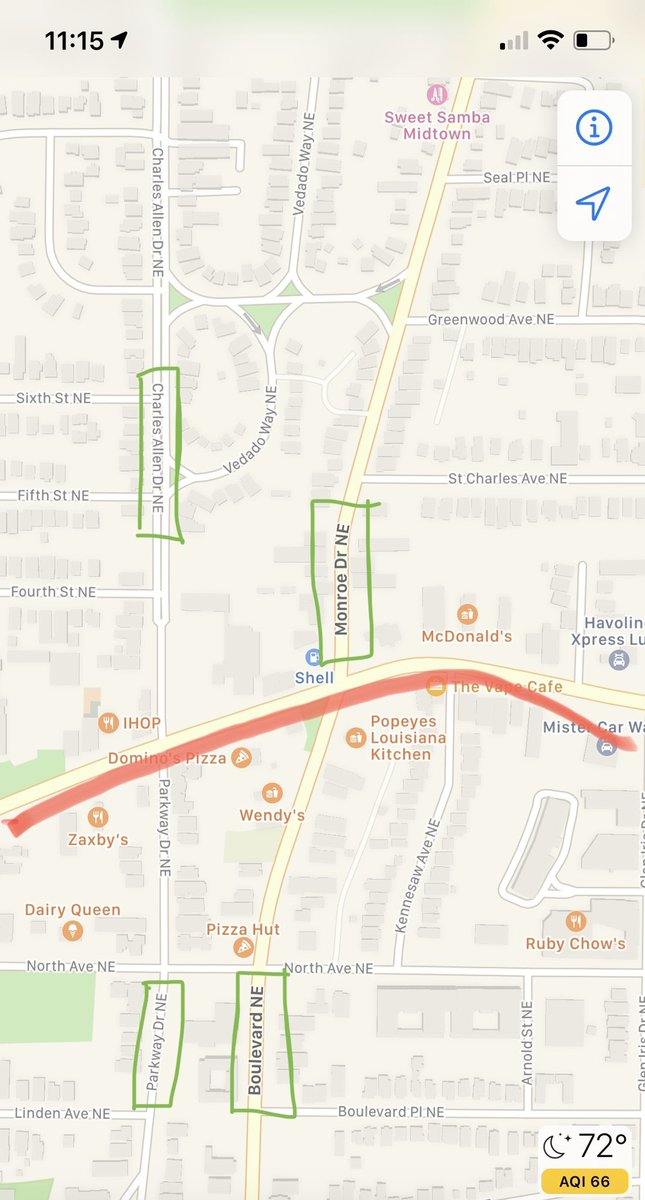
As the neighborhood slowly dealt with integration, the emergence of white flight & changing retail trends, it eventually spelt trouble for the Atlanta Sears.
Sears had to shut its doors at 675 Ponce for good in 1989.
Sears had to shut its doors at 675 Ponce for good in 1989.
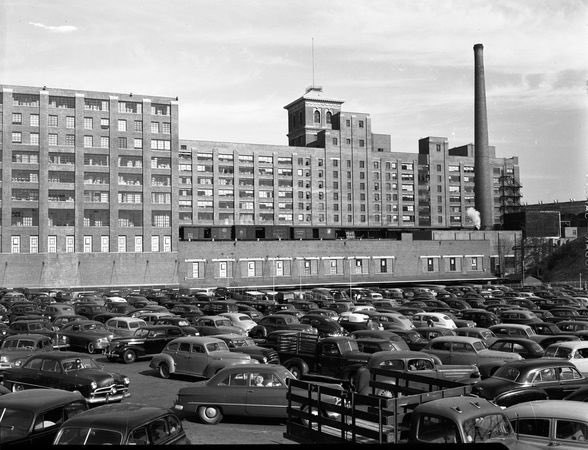
The building was bought 2 yrs later by the city & was named City Hall East.
They never used more than 10% of the building. The building was basically abandoned. It became a destination for vandalism. Crime was high. Occupancy low.
Atlanta pulled out its operations in 2010.

They never used more than 10% of the building. The building was basically abandoned. It became a destination for vandalism. Crime was high. Occupancy low.
Atlanta pulled out its operations in 2010.
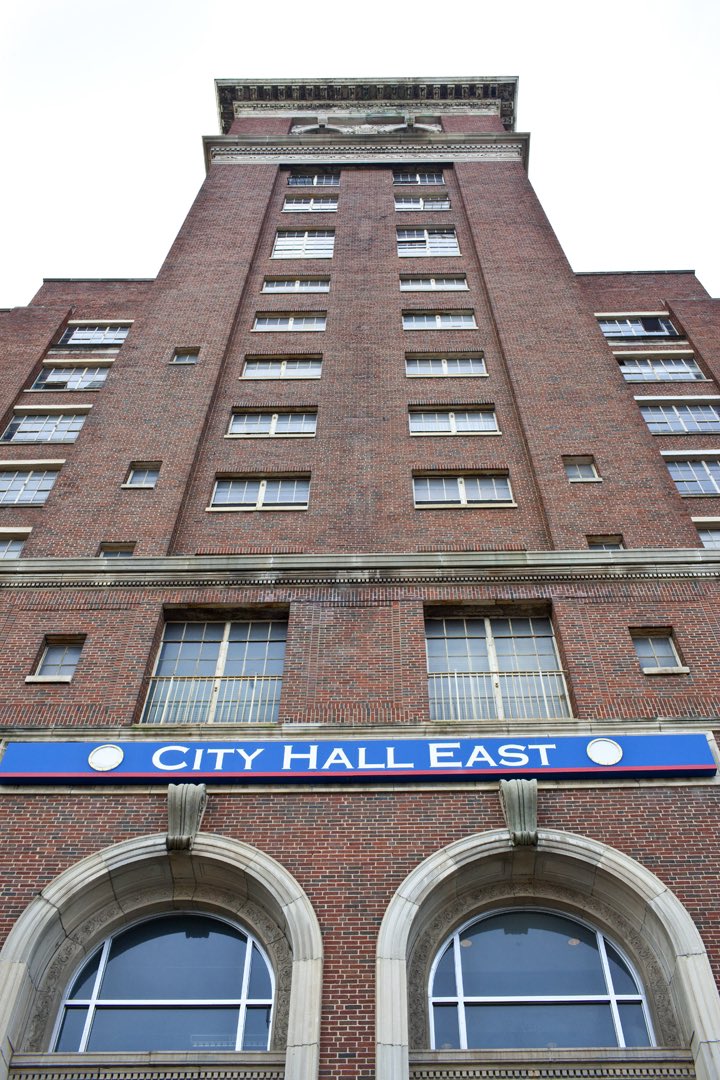
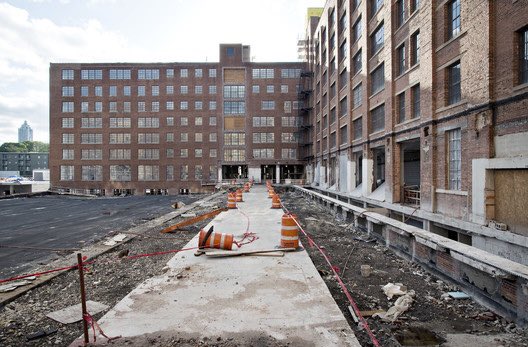
While many left the building for dead, urban planners & city officials like Kwanza Hall had other plans.
It began with Old 4th Ward park (to stop the flooding in the area behind Ponce) and then the Beltline.

It began with Old 4th Ward park (to stop the flooding in the area behind Ponce) and then the Beltline.

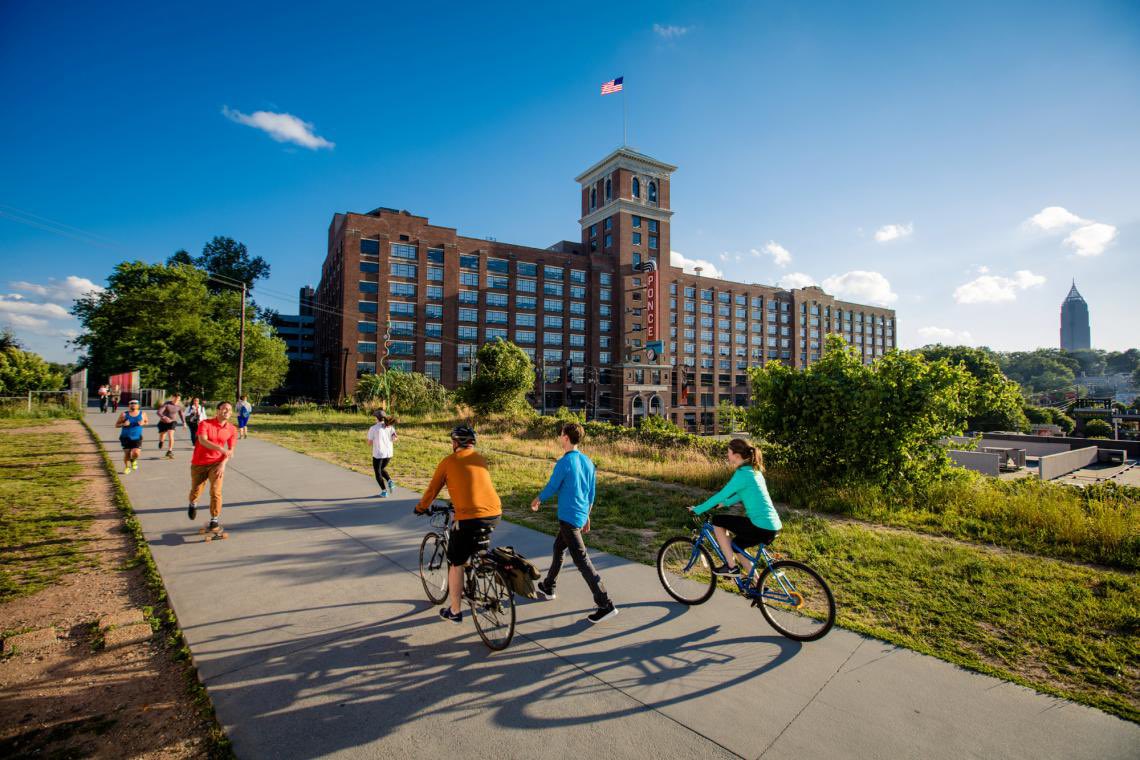
In 2011, Jamestown, a real estate investment/management company came along with an idea for mixed use for the building.
Shops. Homes. Community.
A plan for Ponce City Market was born.



Shops. Homes. Community.
A plan for Ponce City Market was born.

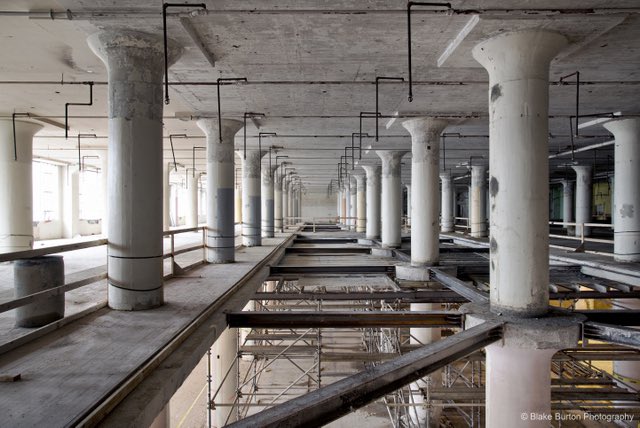
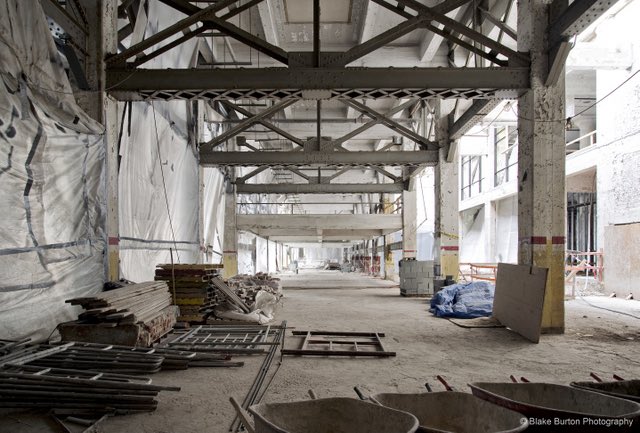

PCM, fully opened in 2014.
Jamestown painstakingly kept the building’s character by restoring original oak floors, which still bear the grooves worn by thousands of Sears workers & shoppers, original windows, sinks, clocks, elevators, and the building’s signature brick facade.



Jamestown painstakingly kept the building’s character by restoring original oak floors, which still bear the grooves worn by thousands of Sears workers & shoppers, original windows, sinks, clocks, elevators, and the building’s signature brick facade.

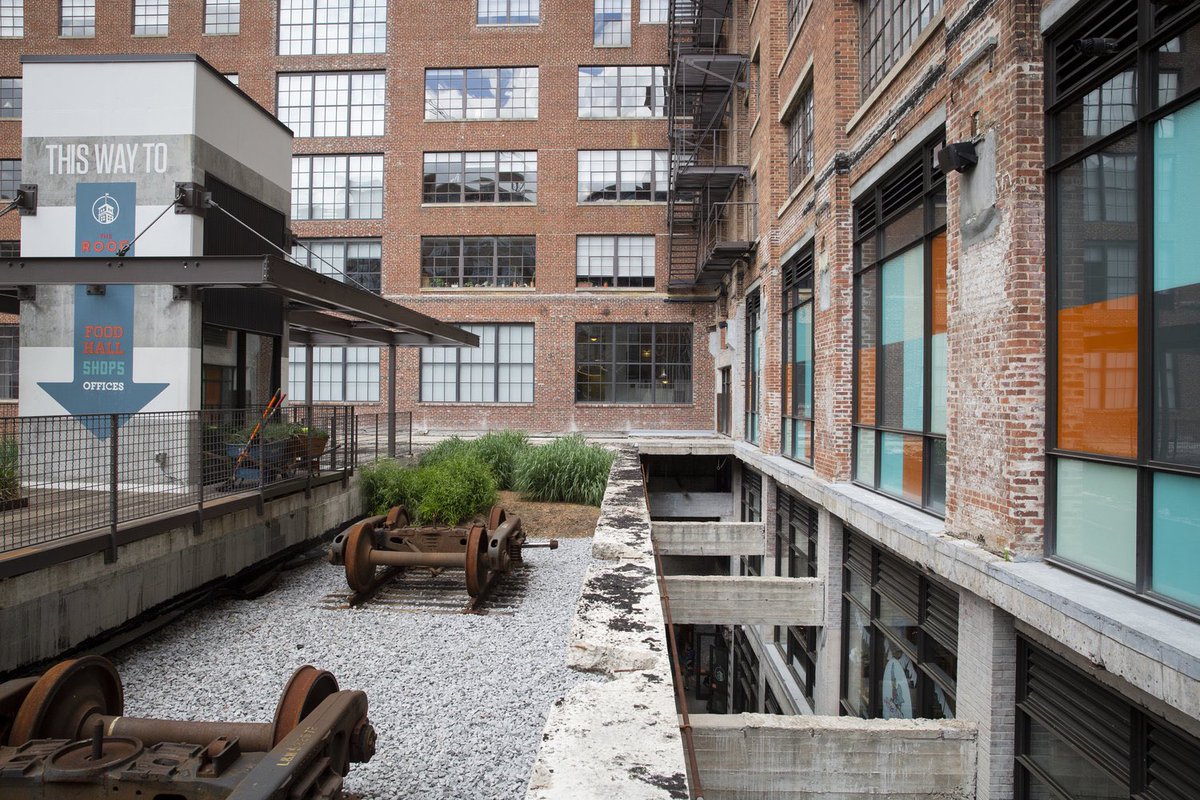
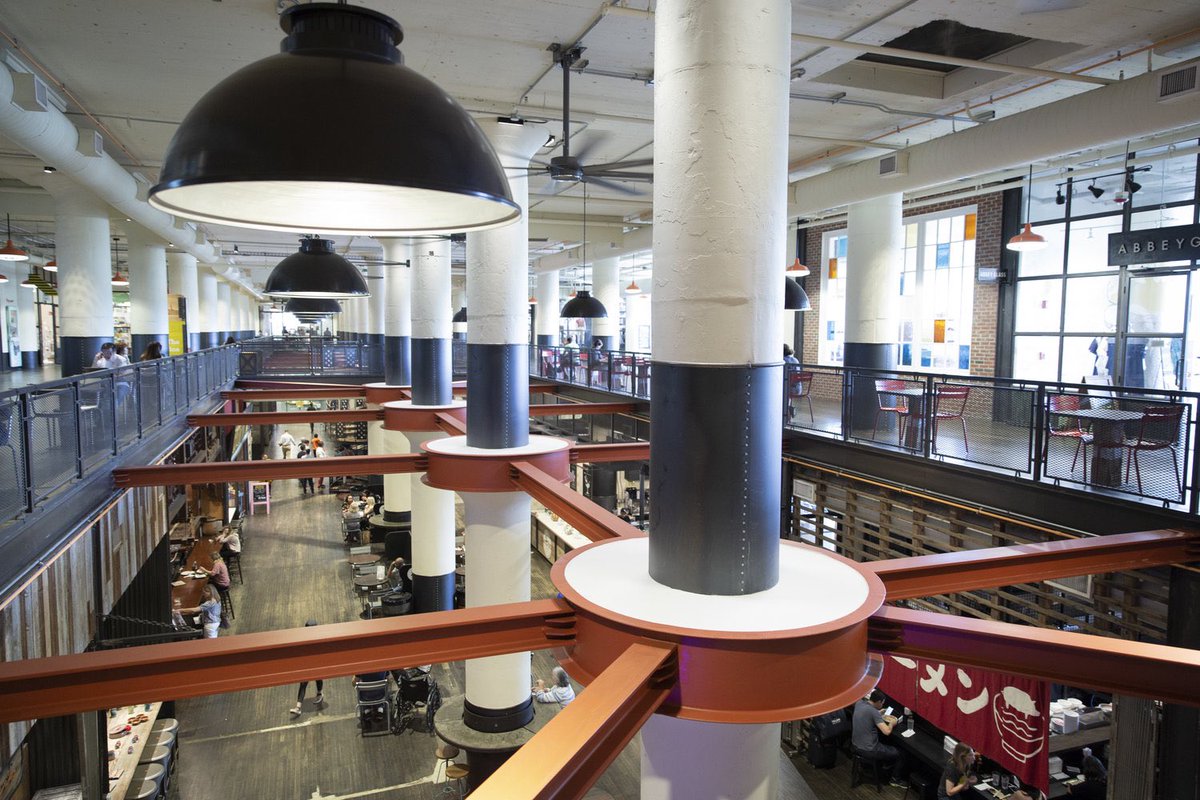
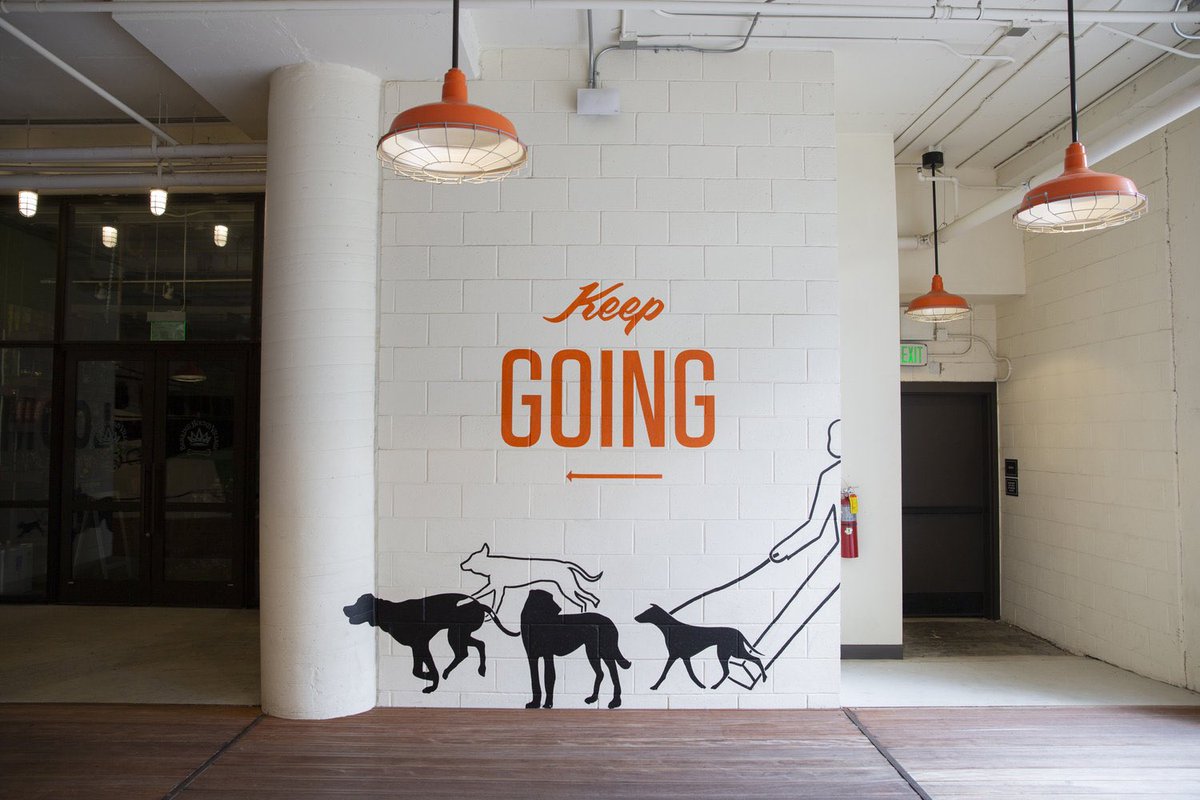
If you liked this thread and love Atlanta, give me a follow!
What Atlanta landmark should I do next??
What Atlanta landmark should I do next??
Credits to the blog “The Bitter Southerner” for most of the story/research featured here!
Here’s another thread you might like.
https://twitter.com/donovanreyno1ds/status/1207083144517738497
Here’s another thread you might like!
https://twitter.com/donovanreyno1ds/status/1387911635830984704
• • •
Missing some Tweet in this thread? You can try to
force a refresh
